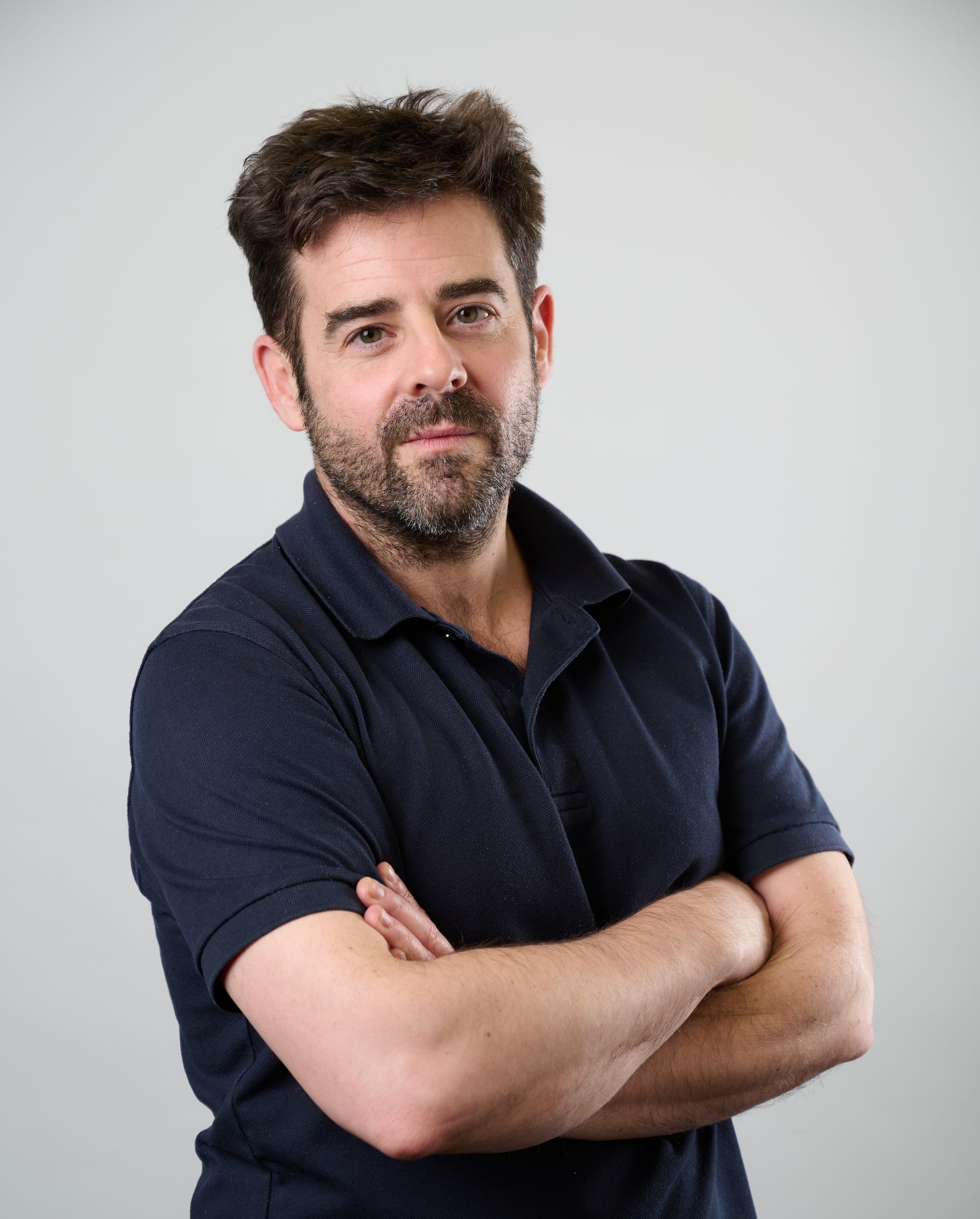More mileage in palladium
Palladium reached a near-two-year high of almost $800 an ounce last week. And there may well be further to go.

Palladium prices jumped by a fifth in 2016, and they have made a solid start to 2017, reaching a near-two-year high of almost $800 an ounce last week. And there may well be further to go.
The metal is a key component in catalytic converters, and the car industry accounts for80% of demand, notes Ira Iosebashvili in Barron's. China and the US use palladium in catalytic converters; Europe favours platinum.
Both US and Chinese car sales have been solid of late, with the latter rising at their fastest pace in three years last year and the former potentially set for another boost thanks to President Trump's fiscal stimulus. China's pollution problem is forcing it to tighten car emission standards, adds Chen Lin on Equities.com, which implies a steady rise in demand for palladium over the next few years.
MoneyWeek
Subscribe to MoneyWeek today and get your first six magazine issues absolutely FREE

Sign up to Money Morning
Don't miss the latest investment and personal finances news, market analysis, plus money-saving tips with our free twice-daily newsletter
Don't miss the latest investment and personal finances news, market analysis, plus money-saving tips with our free twice-daily newsletter
On the supply side, South Africa, the world's top supplier, is not expected to increase mined output much. Analysts reckon that dwindling sales from Russia's stockpiles means they are probably nearly depleted. TD Securities thinks the market deficit could double this year.
Get the latest financial news, insights and expert analysis from our award-winning MoneyWeek team, to help you understand what really matters when it comes to your finances.

-
 Goodwin: A superlative British manufacturer to buy now
Goodwin: A superlative British manufacturer to buy nowVeteran engineering group Goodwin has created a new profit engine. But following its tremendous run, can investors still afford the shares?
-
 Is US stock market exceptionalism over?
Is US stock market exceptionalism over?US stocks trailed the rest of the world in 2025. Is this a sign that a long-overdue shift is underway?